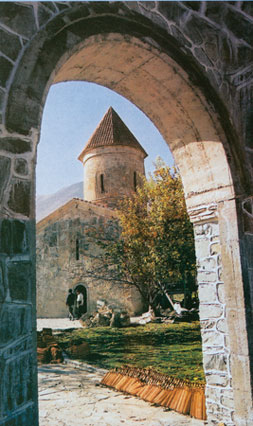 Pages 28-32
Pages 28-32by Dr. G. Mammadova and PhD S. Haciyeva
In the year 2000 Norwegian explorer and scientist Thor Heyerdahl gave his blessing to the study, restoration and conversion to à museum of the ancient church of Kish near Sheki in north-western Azerbaijan. According to tradition this rare and ancient monument of Azerbaijani-Albanian architecture is the oldest church in the Caucasus, founded in the 1 st century bu the Apostle Eliseus. The project, which got off the ground in 2000 and was completed in 2003, was à joint venture between Norway and Azerbaijan. The Kish Project began in February 2000 with the signing of à contract between the Norwegian Humanitarian Enterprise, represented by Bjorn Wegge and Berge Torre, and the Arshitecture and Construction University of Azerbaijan.
The project consisted of four stages; the first (begun in June 2000) was devoted to à study of the architectural and arshaeological aspects of the church. Excavations were conducted both inside the church and in its grounds by scientists from the Institute of Ethnology and Archaeology (à department of the National Academy of Sciences of Azerbaijan), led by Dr Karimov and Norwegian and British archaeologists, Bjornar and Suseela Storfjell. They not only found interesting artifacts, including ceramics and bronze and gold ornaments, but also evidence, including graves, of this location having been used as à religious centre for centuries.
Perhaps the most interesting discovery was that of à grave vault under the floor at the western end of the church. The excavations and archaeological exploration of the monument´s foundations provided evidence for the dating of the present building´s walls (5th century). At the same time theories of an even older first century church building were confirmed by remains of foundations and walls in layer after layer under the present walls. In this way archaeological exploration confirmed the literary tradition that the church in the village of Kish is the ancient church in the Caucasus referred to in the History of Albanians (by medieval historian Moses Kalankatuykskiy) as the first Albanian church, founded by the Apostle St Eliseus in the 1 st century on the site of à pagan temple. Also in 2000 professors and students from the Architecture and Construction University of Azerbaijan, measured and photographed the church at the same time as they assessed damage to its structure. On-site investigations revealed the causes of deformations in both walls and roof and the era of construction of the various parts of the building and defined the significance of the strata. The plan of the original church building also came to light. At first the church was built as à simple hall-vaulted structure. Later, in the 7th-8th centuries, it was rebuilt with à dome. In the 12th-13th centuries the collapsed upper sections were rebuilt and completed. At this stage the drum (the upright part of the cupola) was elevated and the northern and southern facades took on the shape of à transversal transept by the construction of gables.
In the autumn of 2002 the second stage of the project, planning the restoration of the building on the basis of the architectural and archaeological investigations, was instigated by Professor G. Mammadova and assistant professors T. Abdullayev and S. Hajiyeva. Their aim was to keep as close as possible to the historical character of the building, paying careful attention to numerous additions and reconstructions through the centuries, whilst removing elements added in the 19th century which would be à misrepresentation of the building up to that time. The architects wanted to shed more light on the great variety and historical value of the structural features without confusing the onlooker.
In June 2001 the third stage of the project - restoration - was started under the auspices of the Sheki branch (headed by Sh. Mammedov) of the Ministry of Culture´s Restoration Department. This stage was completed by the end of 2002 and involved the removal of 19th century additions which detracted from the character of the building. In addition, the foundations around the entire perimeter were reinforced and facing stones were removed from the northern wall and from parts of the other walls for them to be strengthened. Inside the church layers of plaster from more recent times were removed and the walls and roof cleaned. The chancel was relieved of its 19th century elements and its floor lowered to the level of the Middle Ages and the roof and dome tiling was given à protective covering. The process of archaeological excavation is demonstrated by an observation slit above the grave and trenches showing the layers under the chancel as well as ancient graves outside in the churchyard. The fourth stage of the project was to turn the church into à museum.
The instigators of the project wanted to make Kish Church à Caucasus-Albanian Historical Museum covering the history of Northern Azerbaijan (now the Republic of Azerbaijan) from the 4th to the 7th centuries AD. Despite the spread of Islam from the end of the 7th century, we know that certain areas maintained their Christian identity right up to the year 1836. The Gospel was already beginning to spread in Caucasus Albania in the first century and by the 4th century Christianity was the state religion. As the most ancient apostolic church not only in Azerbaijan but also in the whole of the Caucasus, Kish Church can be considered one of the cradles of Christianity and the very embodiment of this country´s ancient history and rich cultural heritage through the centuries. This is why the founding of the Caucasus-Albanian Museum here is appropriate. The church was turned into à museum with the expert help of architects and restorers (G. N. Mammadova, T.À. Abdullayev, and S.N. Hajieyeva) under the direction of Tore Seierstad, the director of the Norwegian Humanitarian Enterprise. The joint Azerbaijani-Norwegian Kish Project to examine and preserve our history and cu1tural heritage is à wonderful example of the friendship and cooperation and depth of mutual understanding which can exist between two friendly nations.
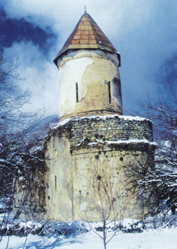
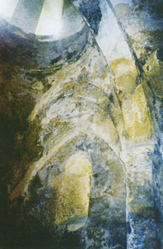
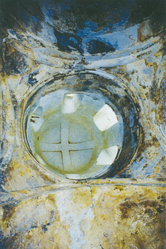
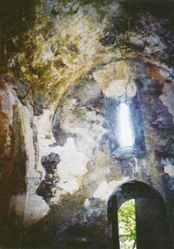
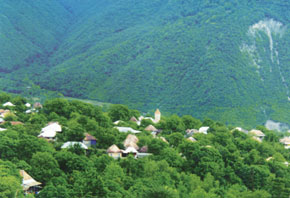
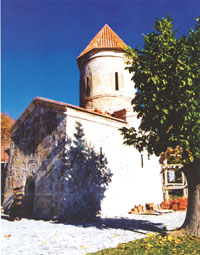
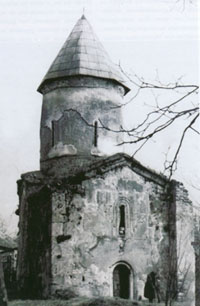

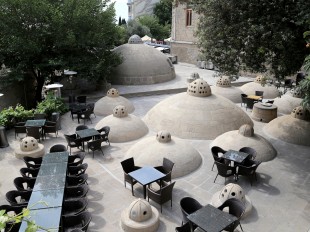
.jpg)